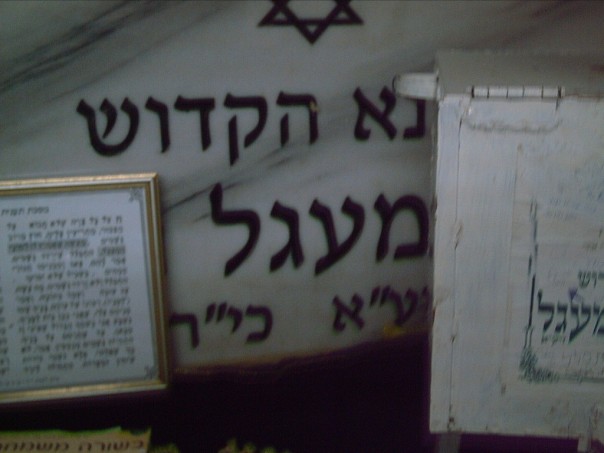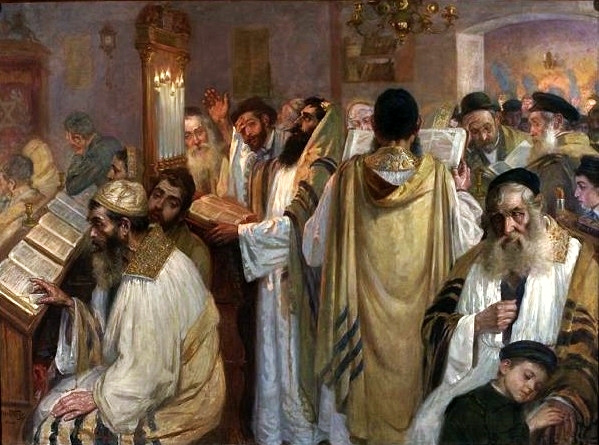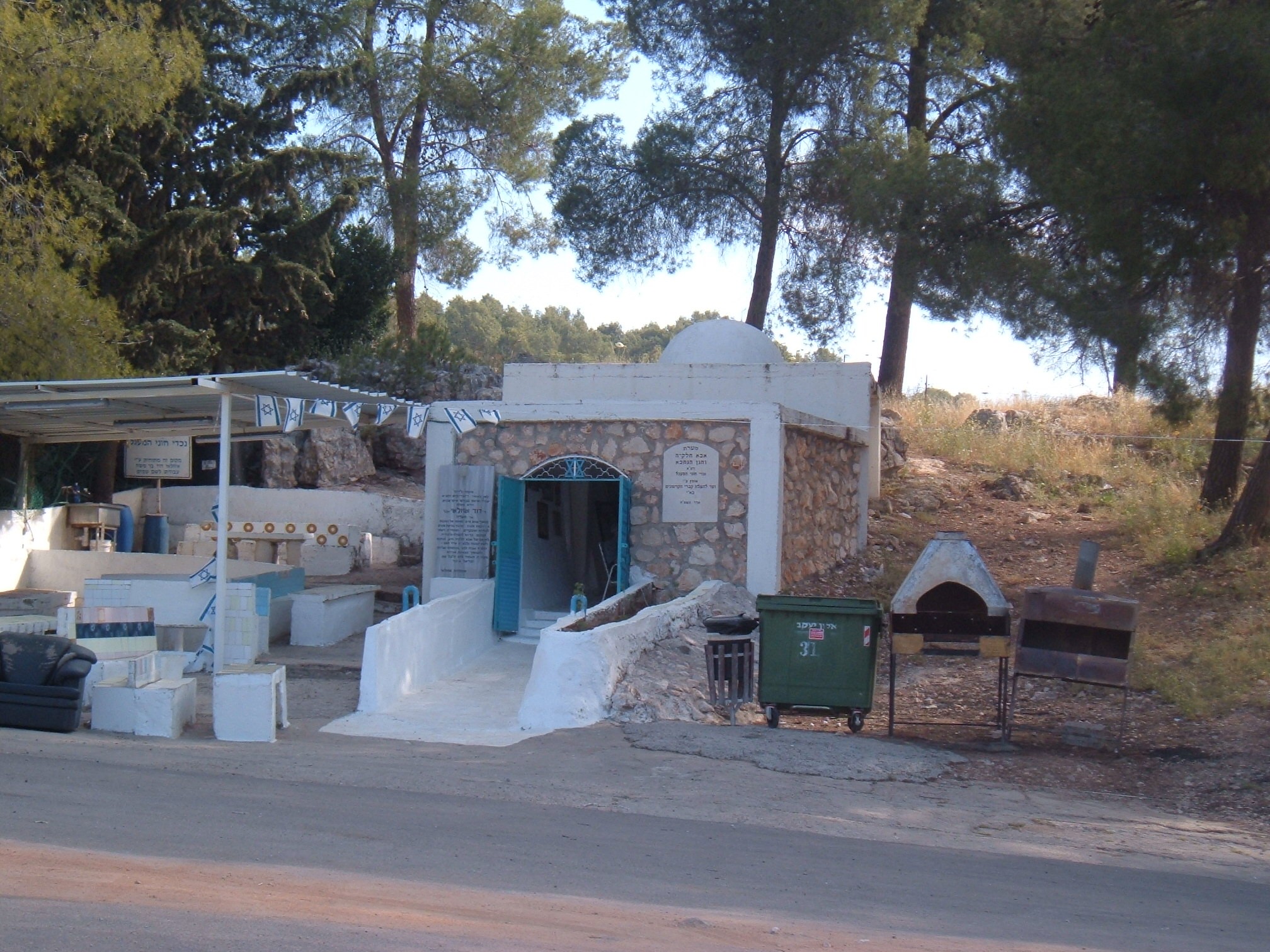|
Ta'an
''Ta'anit'' or ''Taynis'' () is a volume (or "tractate") of the Mishnah, Tosefta, and both Talmuds. In Judaism these are the basic works of rabbinic literature. The tractate of Ta'anit is devoted chiefly to the fast-days, their practices and prayers. In most editions of the Talmud this treatise is the ninth in the mishnaic order of Seder Mo'ed, and is divided into four chapters containing thirty-four folio in all. Summary The main contents of the Ta'anit are as follows: * Chapter 1: Concerning the date on which one begin to mention rain in the second blessing of the Amidah and to pray for rain in the eighth blessing (1:1-3); the time during which one fasts on account of scarcity of rain—two successive periods of three days each, and a final one of seven days—and the distinctions between these various days concerning strictness in fasting (1:4-6); nature of the national mourning in case no rain falls despite many fast-days (1:7). * Chapter 2: The ceremonies which must be o ... [...More Info...] [...Related Items...] OR: [Wikipedia] [Google] [Baidu] |
Megillat Taanit
''Megillat Taanit'' (), lit. ''"the Scroll of Fasting,"'' is an ancient text, in the form of a chronicle, which enumerates 35 eventful days on which Jews either performed glorious deeds or witnessed joyful events. Despite the scroll's name, these were celebrated as feast days. Public mourning was forbidden on fourteen of them and public fasting on all. The work was probably written late in the Second Temple period, perhaps from 40–70 CE in the 1st century. The last event dated without dispute is Emperor Caligula's order to place a statue of himself in the Second Temple (). A few scholars think it references events after the destruction of the Temple in 70 CE. References to it in other literature suggest it certainly existed by the 2nd century. The author is unknown, although various rabbinic works speculate on how it was composed. History of the feast days The events described therein date to several periods: the pre-Hasmonean period, the Hasmonean period, the earl ... [...More Info...] [...Related Items...] OR: [Wikipedia] [Google] [Baidu] |
Tisha B'Av
Tisha B'Av ( ; , ) is an annual fast day in Judaism. A commemoration of a number of disasters in Jewish history, primarily the destruction of both Solomon's Temple by the Neo-Babylonian Empire and the Second Temple by the Roman Empire in Jerusalem. Tisha B'Av precedes the end of the three weeks between dire straits. This day is regarded as the saddest day in the Jewish calendar. It is categorized as a day destined for tragedy. Tisha B'Av falls in July or August in the Gregorian calendar. Observances of the day include five prohibitions, most notable of which is a 25-hour fast. The Book of Lamentations, which mourns the destruction of Jerusalem, is read in synagogue, followed by the recitation of '' kinnot'', liturgical dirges that lament the loss of the Temples and Jerusalem. As the day has become associated with remembrance of other major calamities which have befallen the Jewish people, some ''kinnot'' also recall events such as the murder of the Ten Martyrs by the Romans ... [...More Info...] [...Related Items...] OR: [Wikipedia] [Google] [Baidu] |
Ta'anit
A ta'anit or taynis (Biblical Hebrew ''taʿaniṯ'' or צוֹם ''ṣom'') is a fast in Judaism in which one abstains from all food and drink, including water. Purposes A Jewish fast may have one or more purposes, including: * Atonement for sins: Fasting is not considered the primary means of acquiring atonement; rather, sincere regret for and rectification of wrongdoing is key. Nevertheless, fasting is conducive to atonement, for it tends to precipitate contrition. Therefore, the Bible requires fasting on Yom Kippur. Because, according to the Hebrew Bible, hardship and calamitous circumstances can occur as a result of sin, fasting is often undertaken by the community or by individuals to achieve atonement and avert catastrophe. Most of the Talmud's Tractate ''Ta'anit'' ("Fast ) is dedicated to the protocol involved in declaring and observing fast days. * Commemorative mourning: Most communal fast days that are set permanently in the Jewish calendar serve this purpose. These fa ... [...More Info...] [...Related Items...] OR: [Wikipedia] [Google] [Baidu] |
Moed
Moed (, "Festivals") is the second Order of the Mishnah, the first written recording of the Oral Torah of the Jewish people (also the Tosefta and Talmud). Of the six orders of the Mishna, Moed is the third shortest. The order of Moed consists of 12 tractates: # ''Shabbat'' or ''Shabbath'' () ("Sabbath") deals with the 39 prohibitions of "work" on the Shabbat. 24 chapters. # ''Eruvin'' (ערובין) ("Mixtures") deals with the Eruv or Sabbath-bound - a category of constructions/delineations that alter the domains of the Sabbath for carrying and travel. 10 chapters. # '' Pesahim'' (פסחים) (" Passover Festivals") deals with the prescriptions regarding the Passover and the paschal sacrifice. 10 chapters. # '' Shekalim'' (שקלים) ("Shekels") deals with the collection of the half-Shekel as well as the expenses and expenditure of the Temple. 8 chapters # '' Yoma'' (יומא) ("The Day")—also called "Kippurim" or "Yom ha-Kippurim" ("Day of Atonement")—deals with the ... [...More Info...] [...Related Items...] OR: [Wikipedia] [Google] [Baidu] |
Seder Mo'ed
Moed (, "Festivals") is the second Order of the Mishnah, the first written recording of the Oral Torah of the Jewish people (also the Tosefta and Talmud). Of the six orders of the Mishna, Moed is the third shortest. The order of Moed consists of 12 tractates: # ''Shabbat'' or ''Shabbath'' () ("Sabbath") deals with the 39 prohibitions of "work" on the Shabbat. 24 chapters. # ''Eruvin'' (ערובין) ("Mixtures") deals with the Eruv or Sabbath-bound - a category of constructions/delineations that alter the domains of the Sabbath for carrying and travel. 10 chapters. # ''Pesahim'' (פסחים) ("Passover Festivals") deals with the prescriptions regarding the Passover and the paschal sacrifice. 10 chapters. # ''Shekalim'' (שקלים) ("Shekels") deals with the collection of the half-Shekel as well as the expenses and expenditure of the Temple. 8 chapters # ''Yoma'' (יומא) ("The Day")—also called "Kippurim" or "Yom ha-Kippurim" ("Day of Atonement")—deals with the prescr ... [...More Info...] [...Related Items...] OR: [Wikipedia] [Google] [Baidu] |
Simon Bar Kokhba
Simon bar Kokhba ( ) or Simon bar Koseba ( ), commonly referred to simply as Bar Kokhba, was a Jewish military leader in Judea. He lent his name to the Bar Kokhba revolt, which he initiated against the Roman Empire in 132 CE. Though they were ultimately unsuccessful, Bar Kokhba and his rebels did manage to establish and maintain a Jewish state for about three years after beginning the rebellion. Bar Kokhba served as the state's leader, crowning himself as '' nasi'' (). Some of the rabbinic scholars in his time believed him to be the long-expected Messiah. In 135, Bar Kokhba was killed by Roman troops in the fortified town of Betar. The Judean rebels who remained after his death were all killed or enslaved within the next year, and their defeat was followed by a harsh crackdown on the Judean populace by the Roman emperor Hadrian. Name Documented name Documents discovered in the 20th century in the Cave of Letters give his original name, with variations: Simeon bar Kosevah (), ... [...More Info...] [...Related Items...] OR: [Wikipedia] [Google] [Baidu] |
Honi The Circledrawer
Honi HaMe'agel () was a 1st-century BCE Jewish scholar prior to the age of the ''tannaim'', the scholars from whose teachings the Mishnah was derived. During this period, a variety of religious movements and splinter groups developed amongst the Jews in Judea. Several individuals claimed to be miracle workers in the tradition of Elijah and Elisha, the ancient Jewish prophets. The Babylonian and Jerusalem Talmuds both provide examples of such Jewish miracle workers, including Honi, such as in Jerusalem Talmud '' Taanit'' 3:10, 66d and Babylonian Talmud '' Taanit'' 19a; 23a. Circle drawing incident His surname is derived from an incident in which, according to the Babylonian Talmud, his prayer for rain was miraculously answered. On one occasion, when God did not send rain well into the winter (in Israel, it rains mainly in the winter), Honi drew a circle in the dust, stood inside it, and informed God that he would not move until it rained. When it began to drizzle, Honi told God ... [...More Info...] [...Related Items...] OR: [Wikipedia] [Google] [Baidu] |
Yom Kippur
Yom Kippur ( ; , ) is the holiest day of the year in Judaism. It occurs annually on the 10th of Tishrei, corresponding to a date in late September or early October. For traditional Jewish people, it is primarily centered on atonement and repentance. The day's main observances consist of full fasting and asceticism, both accompanied by extended prayer services (usually at synagogue) and sin confessions. Some minor Jewish denominations, such as Reconstructionist Judaism, focus less on sins and more on one's goals and accomplishments and setting yearly intentions. Alongside the related holiday of Rosh Hashanah, Yom Kippur is one of the two components of the High Holy Days of Judaism. It is also the last of the Ten Days of Repentance. Name The formal Hebrew name of the holiday is , 'day fthe atonements'. This name is used in the Bible, Mishnah, and Shulchan Aruch. The word 'atonement' is one of many Biblical Hebrew words which, while using a grammatical plural form, ... [...More Info...] [...Related Items...] OR: [Wikipedia] [Google] [Baidu] |
Rosh Hashanah (tractate)
Rosh Hashanah () is the name of a text of Jewish law originating in the Mishnah which formed the basis of tractates in both the Babylonian Talmud and the Jerusalem Talmud of the same name. It is the eighth tractate of the order ''Moed''. The text contains the most important rules concerning the calendar year, together with a description of the inauguration of the months, laws on the form and use of the shofar and laws related to the religious services during the Jewish holiday of Rosh Hashanah. Mishna The Mishnah commences with an account of the four beginnings of the religious and the civil year ( 1:1); it speaks of the four judgement-days of the pilgrim festivals and Rosh ha-Shanah ( 1:2); of the six months in which the messengers of the Sanhedrin announce the month ( 1:3); of the two months, the beginnings of which witnesses announce to the Sanhedrin even on the Sabbath ( 1:4), and even if the moon is visible to every one ( 1:5); Gamliel even sent on the Sabbath for forty ... [...More Info...] [...Related Items...] OR: [Wikipedia] [Google] [Baidu] |
Honi HaMe'agel
Honi HaMe'agel () was a 1st-century BCE Jewish scholar prior to the age of the '' tannaim'', the scholars from whose teachings the Mishnah was derived. During this period, a variety of religious movements and splinter groups developed amongst the Jews in Judea. Several individuals claimed to be miracle workers in the tradition of Elijah and Elisha, the ancient Jewish prophets. The Babylonian and Jerusalem Talmuds both provide examples of such Jewish miracle workers, including Honi, such as in Jerusalem Talmud '' Taanit'' 3:10, 66d and Babylonian Talmud '' Taanit'' 19a; 23a. Circle drawing incident His surname is derived from an incident in which, according to the Babylonian Talmud, his prayer for rain was miraculously answered. On one occasion, when God did not send rain well into the winter (in Israel, it rains mainly in the winter), Honi drew a circle in the dust, stood inside it, and informed God that he would not move until it rained. When it began to drizzle, Honi told Go ... [...More Info...] [...Related Items...] OR: [Wikipedia] [Google] [Baidu] |
Amidah
The ''Amidah'' (, ''Tefilat HaAmidah'', 'The Standing Prayer'), also called the ''Shemoneh Esreh'' ( 'eighteen'), is the central prayer of Jewish liturgy. Observant Jews recite the ''Amidah'' during each of the three services prayed on weekdays: Morning (''Shacharit''), afternoon ('' Mincha''), and evening ('' Ma'ariv''). On Shabbat, Rosh Chodesh ("Beginning of the Month"), and Jewish festivals, a fourth ''Amidah'' ('' Mussaf'') is recited after the morning Torah reading. Once annually, a fifth ''Amidah'' ('' Ne'ilah'') is recited around sunset on Yom Kippur. Due to the importance of the ''Amidah'', in rabbinic literature, it is simply called "''hatefila''" (, "the prayer"). According to legend, the prayer was composed by the "Men of the Great Assembly" (''Anshei Knesset HaGedolah''; –332 BCE). However, the fact that the prayer contains, next to Biblical Hebrew, many mishnaic terms, leads to the conclusion that it was composed and compiled during the mishnaic period ... [...More Info...] [...Related Items...] OR: [Wikipedia] [Google] [Baidu] |
Megillah (Talmud)
''Masekhet Megillah'' () is a tractate in Seder Moed of the Babylonian and Jerusalem Talmuds. It deals with laws and stories relating to Purim, a Jewish holiday originating from the Book of Esther. ''Megillah'' continues to dictate how Purim is celebrated in Jewish communities worldwide to this day. Tannaitic period The Mishnayot of ''Masekhet Megillah'' ("Tractate Scroll") were compiled, along with the rest of the Mishnah, by the second or third centuries CE by Rabbi Judah ha-Nasi. Their overall goal is to enumerate the laws for the Jewish holiday of Purim. They consist of four chapters: laws regarding when to read Megillat Esther (the scroll of Esther), when to give gifts to the poor as mandated in the Book of Esther, and various differences between ''halakhic'' concepts; laws of how to read the Megillah—including language, the reader, and other factors—and various times during which mitzvot can be performed; laws regarding buying and selling sacred objects as wel ... [...More Info...] [...Related Items...] OR: [Wikipedia] [Google] [Baidu] |



